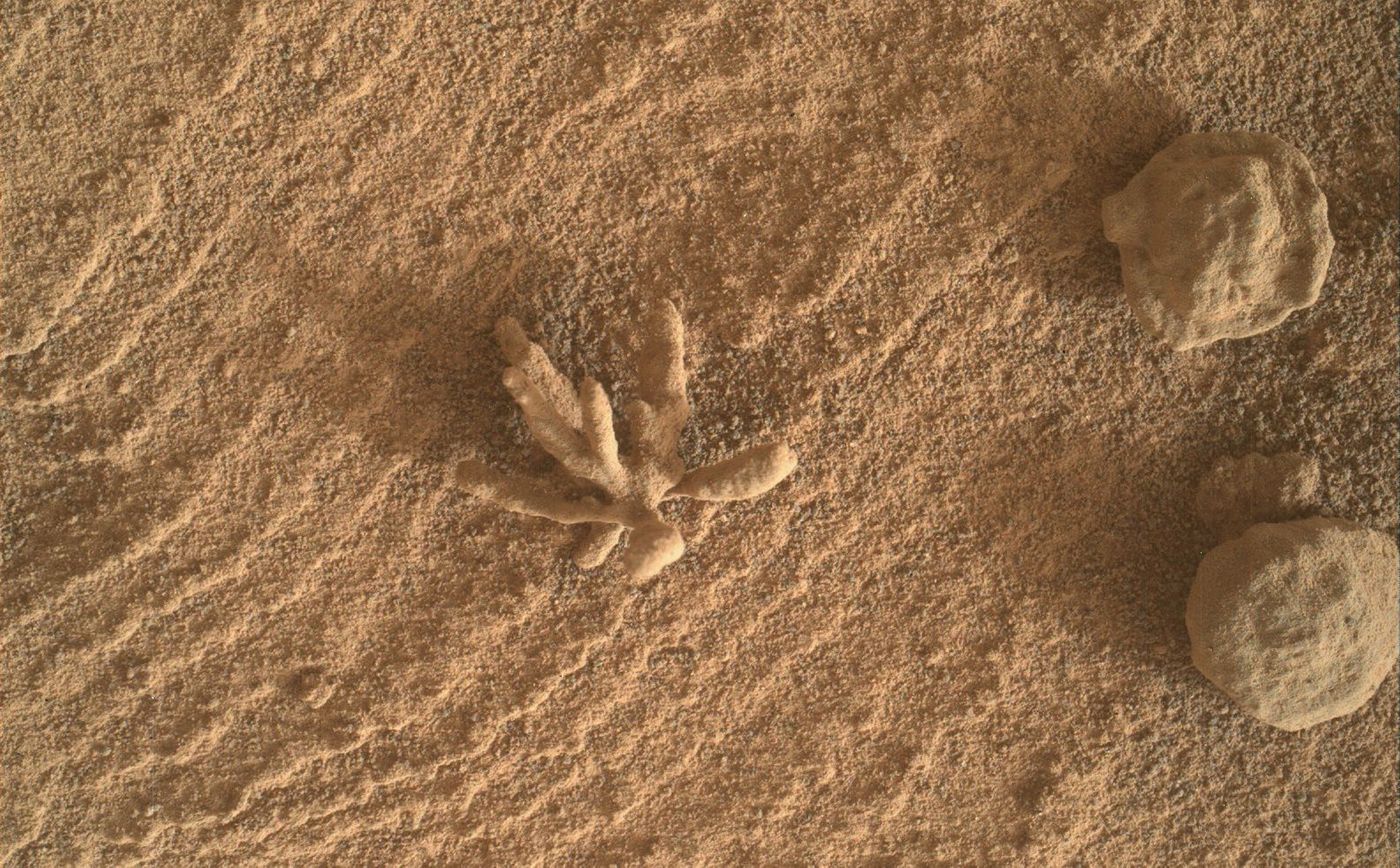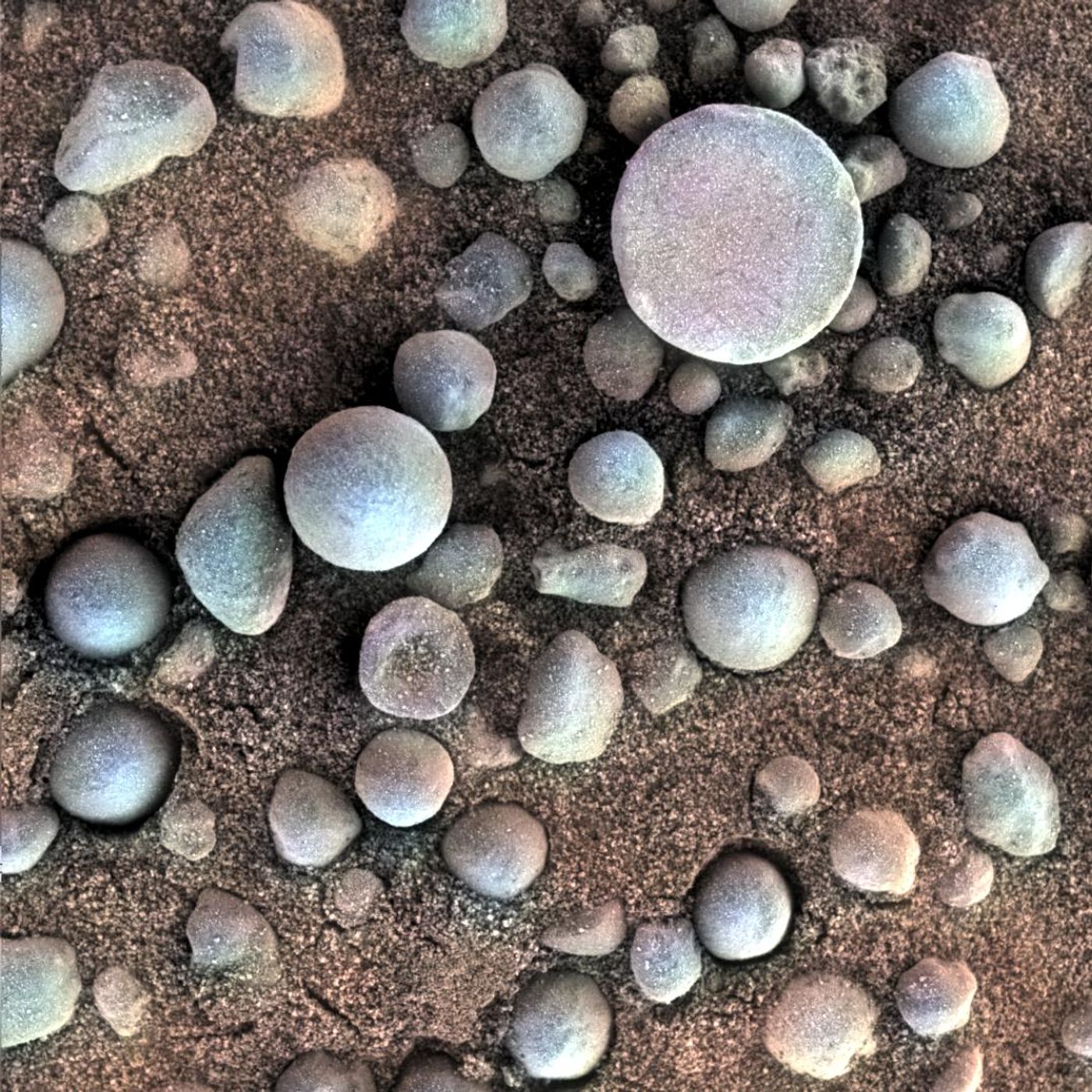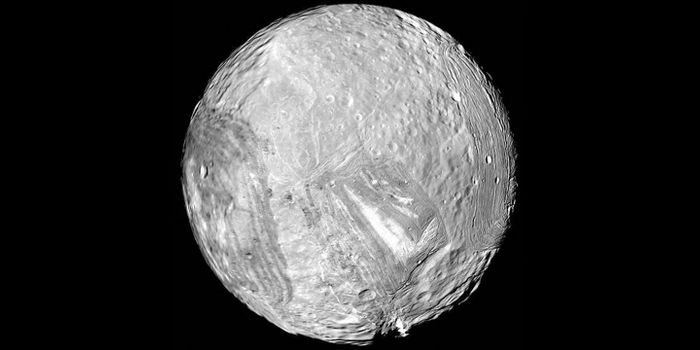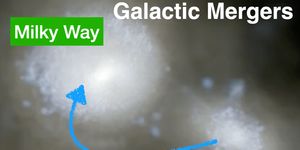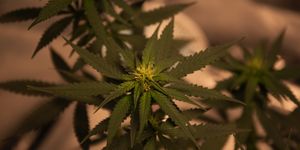No, We Did Not Find a Flower on Mars
Recently, NASA’s Curiosity Mars rover snapped a photograph of a flower-like rock artifact on the surface of Mars. While this image can be easily mistaken for the possibility of extraterrestrial life on the Red Planet, this is far from the truth, as Mars is incapable of supporting life (at least on the surface) due to its harsh environment - extreme cold, lack of atmospheric pressure, and deadly cosmic radiation constantly bombarding the surface. Instead, this unique penny-sized rock artifact was likely formed by mineral precipitating from water, and according to NASA, it was likely “made in the ancient past when minerals carried by water cemented the rock.”
This intriguing artifact was given the name Blackthorn Salt, and is known as a diagenetic feature, or a structure made from precipitated minerals from ancient water previously mixed with Martian rocks, as noted by Dr. Abigail Fraeman, Deputy Project Scientist for Mars Curiosity. She added that diagenetic features found on Mars can either have a branched shape, also known as dendritic form, or even be more rounded and spherical as exhibited by other rocks in this same photo.
Past Water on Mars
It is hypothesized that Mars was once a much lusher and more hospitable environment, with liquid water cascading across its surface billions of years ago. Much like here on Earth, sedimentary rocks are formed from being clumped together in flowing water, and over time these clumps cement together, forming unique structures such as the “flower” seen by Curiosity.
Further evidence of past liquid water on Mars was observed by the Mars Opportunity rover, having photographed evidence of layering and spherules on the Red Planet, which included iron-rich concretions nicknamed “blueberries”, which can only be formed in liquid water based on terrestrial analog studies on Earth.
Whatever methods were responsible for forming this mysterious “flower”, whether from liquid water or another method, this observation continues to demonstrate how wonderful the universe really is and brings us one step closer to finding life on other worlds.
As always, keep doing science & keep looking up!
Sources: NASA JPL, Space.com (1), Study Finds, Local News 8, Inverse, Live Science, American Association for the Advancement of Science, Space.com (2)
